Guccio Gucci founded the original Italian fashion house, initiating decades of the family’s dominance in luxury fashion. The Gucci family line can be traced back from Guccio Gucci to 15th century Florence. In his formative years Guccio Gucci worked as a porter and assistant in various high class establishments where he learned about the styles and tastes of wealthy clients. Upon returning to Florence, he opened his first shop which sold leather luggage and other leather products created by local craftsmen. As tensions in Europe began to rise, Mussolini plunged Italy into global rebuke by invading Ethiopia, which led to international trade embargos being placed on Italy. This limited leather supply and Guccio was forced to start incorporating other fabrics and materials into his products. This expansion of materials was accompanied by an expansion of Gucci’s product line, and in 1937 they launched their first line of handbags. Soon after, Gucci’s son Aldo convinced his father to open a second Gucci store in Rome in 1938.
After WWII, Guccio Gucci split the shares of the Gucci company between his three sons. Of the three sons, Aldo would have the most hands on involvement, however brothers Rodolfo and Vasco were very influential in the company, and after opening a third location in Milan, were instrumental in later global expansion. The first product to put the Gucci brand on the forefront of global fashion was the Bamboo handbag.
In the early 50s, the Gucci brothers, Aldo, Rodolfo, and Vasco, decided to expand their family business and venture outside of Italy. They chose New York City as their first destination and opened a store there just two weeks before their father’s passing. This move helped establish the brand’s presence in the United States and was seen as a significant milestone in the fashion industry. President John F. Kennedy recognized Aldo’s contributions to the industry by calling him the “”Italian Ambassador to fashion.”” For his philanthropic efforts, Aldo was also honoured with an honorary degree by the City University of New York. He did not stop there and went on to open stores in other cities such as Chicago, Palm Beach and Beverly Hills. The brand’s global expansion continued with the opening of shops in Tokyo, Hong Kong and various other cities around the world through a franchising network.
The term “”Gucci”” has become synonymous with luxury and is often used as an adjective. Expressions like “”I feel Gucci”” or “”that’s so Gucci”” are used to describe something as luxurious or to express a feeling of luxury. This usage of the brand name can be traced back to at least 1999, when Lenny Kravitz described his bedroom as “”very Gucci”” in Harper’s Bazaar magazine.
For many years, the story of the Gucci dynasty has been a source of fascination and intrigue. It was no surprise then, that in 2007, plans were announced to bring this story to the big screen. In November 2019, filmmaker Ridley Scott gave details about his upcoming movie, ‘House of Gucci’, which would tell the tale of the scandalous family, with Lady Gaga as Patrizia Reggiani, and Adam Driver as Maurizio Gucci. The world premiere of the film took place in London on November 9, 2021 and it was well received by the audience. This isn’t the first time that a movie about the Gucci family is considered as in 2000, Martin Scorsese also had plans to make a movie about the Gucci family, and it’s not known if the project materialized or not.
Must See Gucci by Gucci Advert created by David Lynch
How to tell if Gucci is vintage from the logo
The North Face and Gucci collaboration is the latest in a string of partnerships that Gucci has formed with modern streetwear brands. In recent years, Gucci has been collaborating with a variety of trendy labels to stay top of mind with younger consumers. The Italian luxury fashion house knows that to stay relevant, they need to keep up with the times, and what better way to do that than teaming up with the hottest streetwear brands. This collaboration is a perfect example of Gucci’s ability to stay current and on trend, while still maintaining its luxury status. It’s a win-win for both brands, as The North Face gets to add a touch of luxury to its outdoor wear, and Gucci gets to tap into the streetwear market and appeal to a younger audience. With this partnership, Gucci continues to prove that it’s a master of staying ahead of the curve and keeping up with the ever-changing fashion landscape.
The Gucci logo is synonymous with luxury, elegance and allure. However, the origins of this iconic design can be traced back to the initials of Guccio Gucci, the founder of the brand. Throughout its history, Gucci has made updates and changes to the logo, and while older versions of the logo can still be found on certain items as a nod to the brand’s heritage, it is also possible to determine the age of a Gucci item by examining the logo used. This can help in identifying true vintage Gucci pieces.
1950s to 1970s
- The first Gucci logo was a crest like logo that referenced the founder and chief designer himself Gucci in combining the emblem and letter name
- The font of the word ‘Gucci’ is thin, and all capitalized in an arc over the top of the crest
- It is monochrome
- The design uses relatively thin lines
- The crest itself is reminiscent of many family crests of Italian heritage
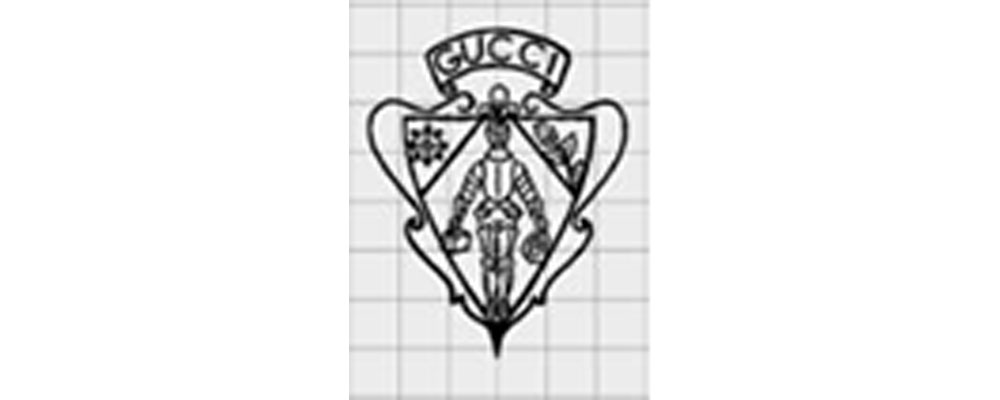
1950s Gucci logo
1970s to 1980s
- The next Gucci logo was a script only logo
- The font is very script like and has an appearance not too dissimilar from handwriting
- Only the G of Gucci is capitalized, with the rest being lower case and connected at the bottom
- It is monochrome

1970s Gucci logo
1980s to 1990s
- The third Gucci logo was the first that made an explicit reference to the founder Guccio Gucci, with the two G’s referring to his initials
- Whilst two G’s are used, they are overlayed to create an effect that is best described as an emblem
- The G’s are capitalized
- It is monochrome

1980s Gucci logo
1990s to 2000s
- This Gucci logo combined features of its two predecessors
- It used the full name like the second Gucci logo, but also adopts the blocky letter style of the third logo
- This script, name based logo is fully capitalized
- All the letters have the same letter sizing as well
- The font is a sans style with no serifs or flicks on the ends of the letters
- It is monochrome
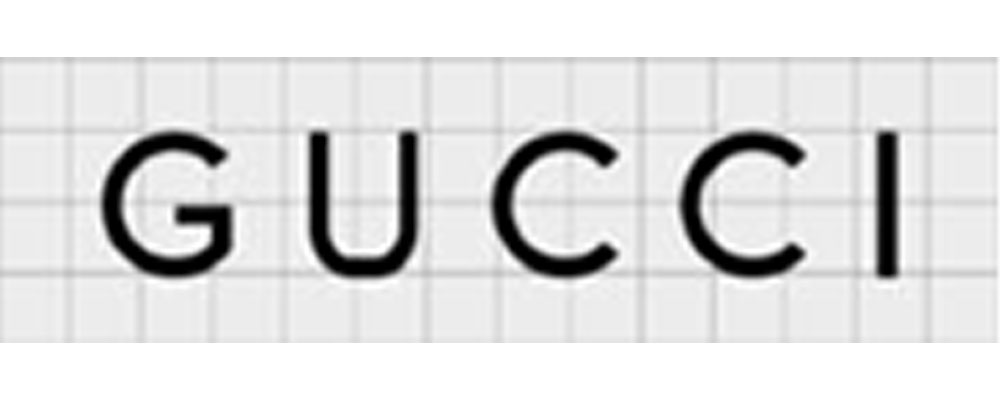
1990s Gucci logo
2000s to 2010s
- Once again drawing heavy inspiration from is logo history and heritage, this version of the Gucci logo reverted to its emblem format
- It is the two G’s of Guccio Gucci, however the second G is flipped
- This creates a symmetrical emblem
- The letters are blocky and capitalized with no serifs on the letters
- This version is one of the most widely known due to Gucci exploding in popularity throughout the 2000s
- It is monochrome
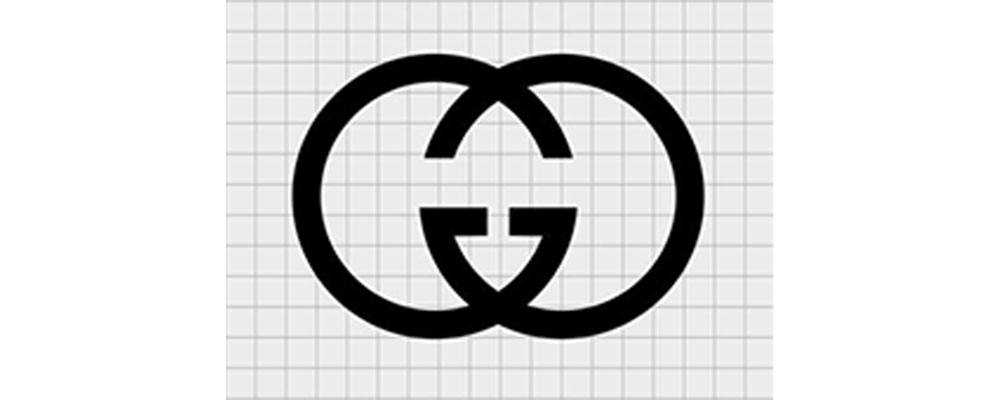
2000s Gucci logo
2010s to now
- The modern Gucci logo is a text based logo
- It takes a lot of influence from the 1990s Gucci logo
- The letters are all capitalised and similarly sized to the 1990s version
- The main difference is that the letters have serifs on the end which accentuate them
- It is monochrome
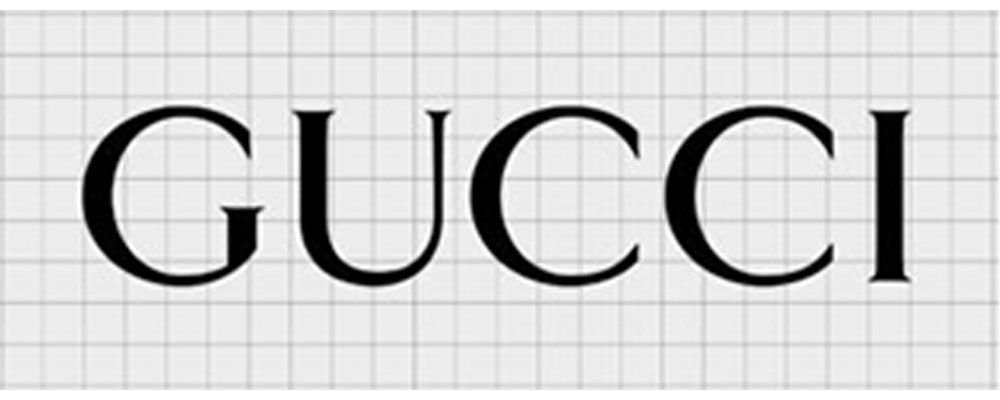
2010s Gucci logo
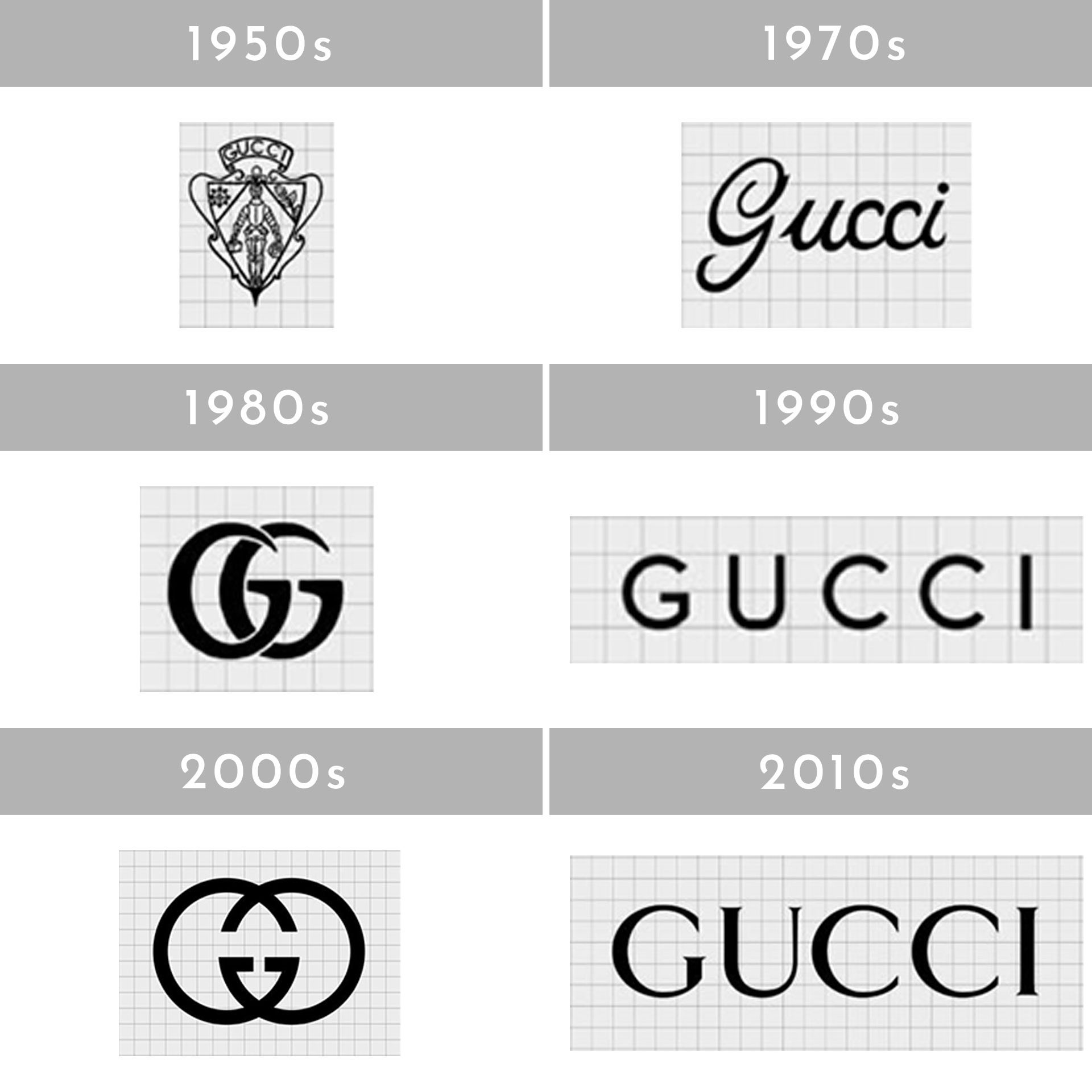
Gucci logos through the years
How to tell if Gucci is vintage from the neck tags
Different chief designers have influenced Gucci in different ways. In November, Gucci was thrown into a state of uncertainty when its long-time creative director, Alessandro Michele, abruptly stepped down from his role. The sudden departure of the influential designer has left many wondering about the brand’s future direction and plans for a successor. Rumours are swirling that there was a disagreement between Michele and Gucci’s CEO, Marco Bizzarri, over the direction the brand should take in the future. Bizzarri, who had been a vocal supporter of Michele since he was appointed as creative director in 2015, is said to have played a key role in the designer’s exit. With no official word yet on who will take the helm at Gucci, the fashion industry is eagerly waiting to see how the luxury brand will evolve and adapt under new leadership.
Often the tags are the best way to identify if Gucci is vintage. But before we do there are a couple of rules that you can apply to give you a head start. Modern Gucci pieces have large polyester wash tags with a lot of information on them, as you’ll see on the most recent tags below. Another rule to apply is that as the logo has been updated, so have the tags, so based on the logo on your tags you should at least be able to narrow down an era. So now that you’ve got some clues to watch out for, here are the vintage Gucci tags over the years.
Need help with your vintage tags? Upload a picture on our vintage tag identification page, and we’ll identify them for you!
1950s to 1960s vintage Gucci tags
- The earliest tags we could find use the original logo with the Gucci crest
- Many of these early tags would have the emblem logo with a script version of the logo beside it
- These tags were white and often rectangular
- They are mostly sewn in all the way around the tag
- Gucci has a long history of manufacturing in Italy, so whilst some tags may make reference to New York or other fashion hubs, they will nearly always say ‘Made in Italy’

1950s Gucci tags
1970s vintage Gucci tags
- The use of the emblem on tags became increasingly infrequent throughout the 1970s
- The Gucci script logo from this time also became angled more often, sometimes with the first G of Guccio Gucci included
- Tags also started to include information about material composition and basic washing warnings
- The majority of these tags were white or yellow, and the shape began varying more often between square and rectangles

1970s Gucci tags

1970s Gucci tags
1980s vintage Gucci tags
- A few of the tags from the 1980s included the crest logo
- However, a new logo was introduced around this time on tags
- It became more common for them to include sizing information, often in the form of measurements instead of the letter sizing most of us are used to nowadays
- The new logo used capital letters so is easily distinguishable
- Although the two G’s logo was introduced around this time, it was mostly used outwardly on designs instead of directly onto tags
- These tags remained white

1980s Gucci tags
1990s vintage Gucci tags
- The new Gucci logo was fully transitioned onto the tags, with the old crest logo being removed entirely
- This new logo was seen on simple black tags that were more rectangular
- All information other than the brand name and possibly location of manufacture was removed from neck tags and moved onto wash tags

1990s Gucci tags
2000s vintage Gucci tags
- Gucci tags in the 2000s remained very similar to those of the 1990s
- One point of difference is that tags at this time became fully sewn in all the way around
- Nearly all of them were thin rectangles
- Country of manufacture is included interchangeably

2000s Gucci tags
2010s vintage Gucci tags
- The most recent Gucci tags are large beige rectangles with a Gucci green border and red thread used to attach them to the neck
- As you’ll see on the right, modern Gucci pieces use large, long polyester tags for wash tags which include most of the product information
- This tag is very different to ones from the last 20 years so should be easy to distinguish

2010s Gucci tags


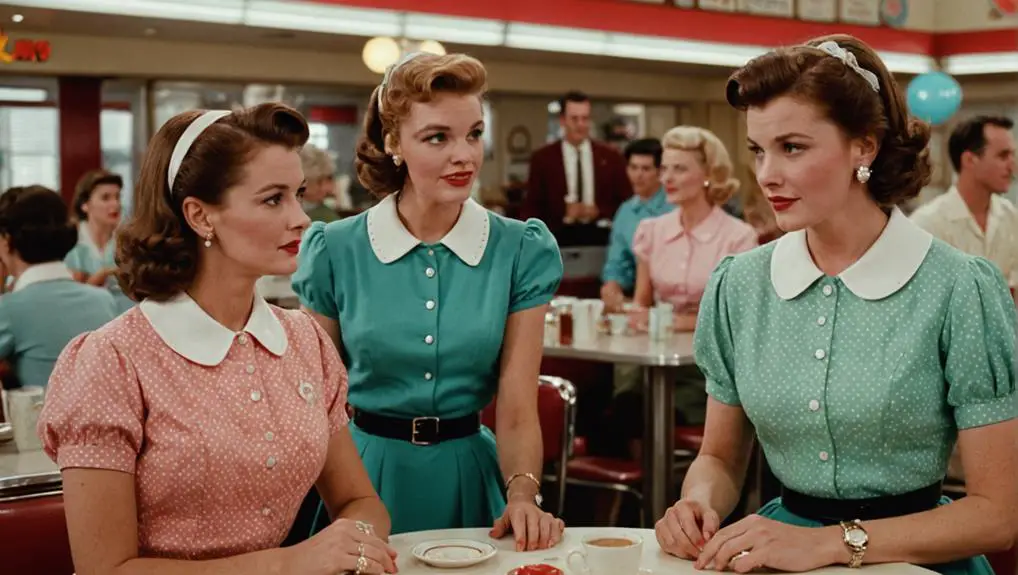
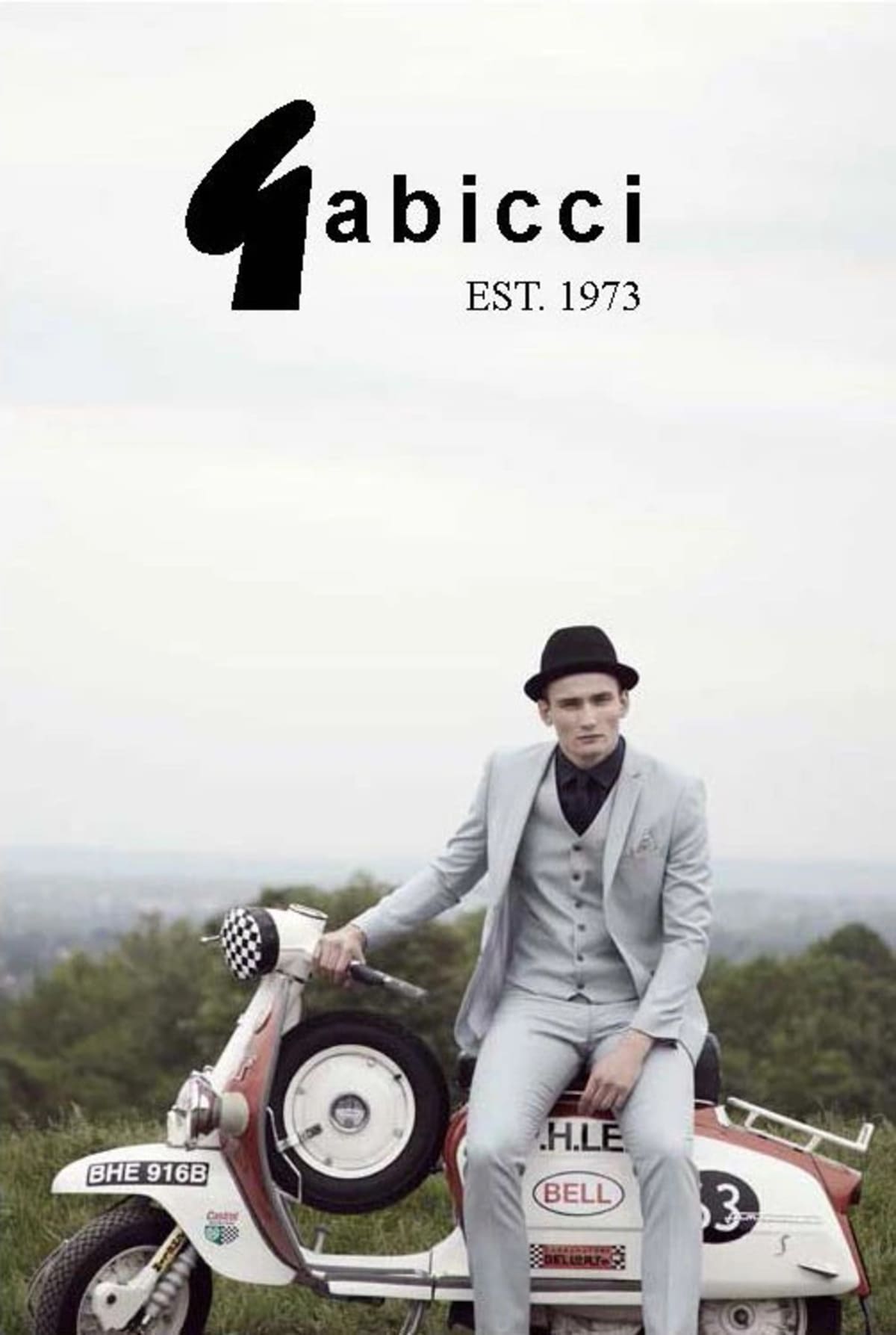

895951 938750hi!,I like your writing so a great deal! share we communicate far much more about your write-up on AOL? I require a specialist on this region to solve my issue. Might be that?s you! Searching forward to see you. 400605